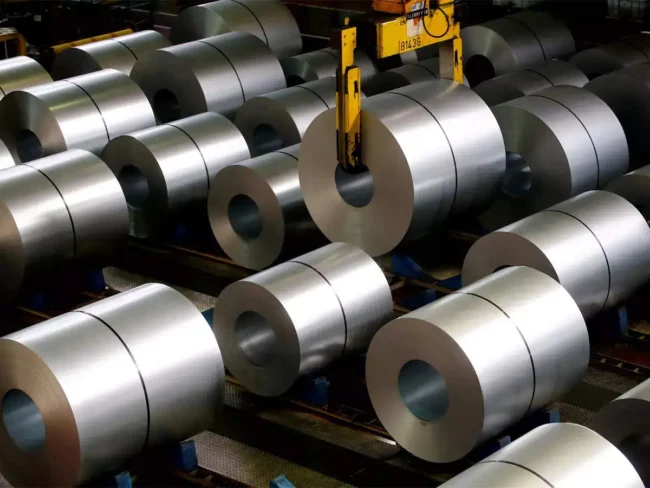The world’s overcapacity for steel is predicted to reach a level last seen in 2014, the onset of the previous steel crisis. The Organisation for Economic Cooperation and Development (OECD) reported this in January.
The study predicted that global steelmaking capacity would reach nearly 2.5 billion tonnes by the end of 2023. Surpassing the most recent demand projections and indicating the fifth year of continuous growth.
The largest yearly growth in the previous ten years occurred last year, with a 57.1 million tonne rise in global capacity. 30.5 million tonnes, or 53.3% of the total, are account for by Asia.
An concerning picture for the upcoming years is creat by the bleak outlook for demand for steel and the upward shift in steel capacity from China to other areas. A significant barrier to the industry’s decarbonisation objectives is this as well.
China’s Impact on Global Steel Dynamics: Shifting Capacities and Decarbonization Challenges
Chinese steel companies are making significant foreign investments, particularly in Africa, other parts of Asia, and ASEAN. Furthermore, it worries local communities that obsolete induction furnaces that don’t adhere to product quality and environmental standards are frequently import into ASEAN nations.
The majority of recent investments made in Asia are in oxygen-converter furnaces and conventional blast furnaces. A more gradual increase in capacity is observe in other regions, with an emphasis on electric arc furnaces.
Additionally, 65 new low-carbon steel projects utilising cutting-edge technology are under way globally.
Over the following three years (2024–2026), it is anticipate that the world’s capacity to produce steel will also rise significantly: 46 million tonnes will put into service. And an additional 78 million tonnes are plan.
Simultaneously, the potential for increased demand for steel globally is eclipsed by the dangers of a significant decline in China as a result of the state of the real estate industry and its effects on the financial system and the overall economy.
The use of the world’s steel capacity has declined for the past two years. The difference between the world’s capacity and output of steel increased to 610 million tonnes annually in 2023. Significantly more emissions from the steel industry are cause by overcapacity as well.
Closed calculations reveal that even a small reduction in overcapacity—roughly a third—would result in a 2%–14% decrease in emissions from the global steel industry and a much healthier business environment.
As previously reported by Shree Metal Prices, the OECD Steel Committee voiced concerns in September of last year regarding the declining state of the world steel market.
Reduced demand, increasing overcapacity, and government intervention in certain economies were the root causes of this predicament.
